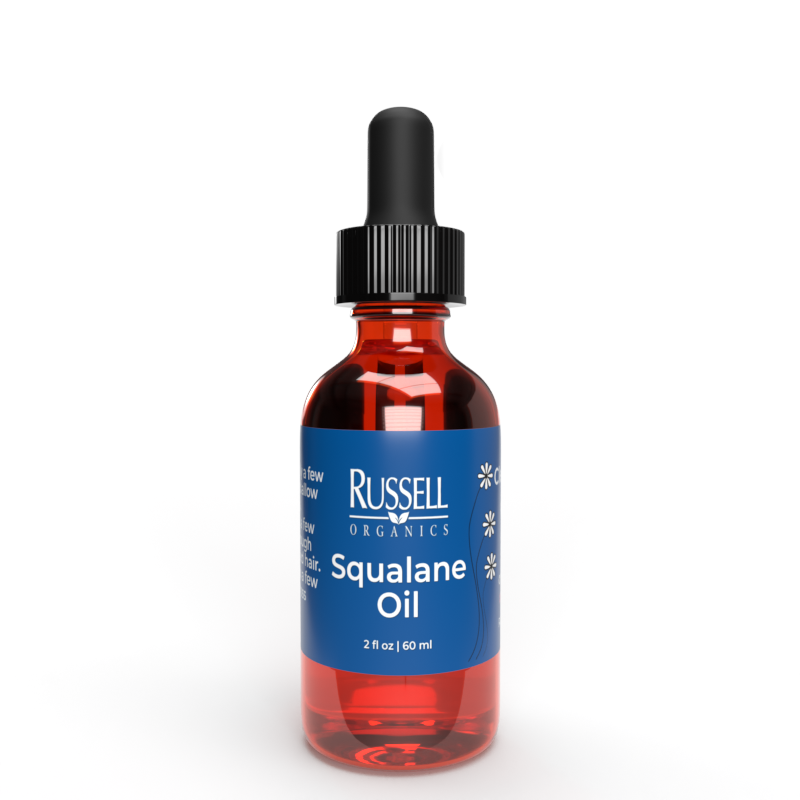
Squalane oil has secured a important place in the skincare market, celebrated for its ability to moisturize, protect, and renew the skin. Derived from squalene, a lipid naturally produced in human skin cells, squalane oil is a refined version of squalene, offering improved longevity. Still, not all squalane oil is the same. Its derivation plays a key role in determining its moral standing and eco-friendliness.
Understanding the Sources of Squalane Oil
Squalane oil can be obtained from multiple major categories: animal-based and vegetable-sourced materials. The preference between these categories is essential to consider for ethics and sustainability.
Animal-Based Squalane Oil
In the past, squalane oil was commonly sourced from shark-derived squalene. Sharks are known to be provider of squalene, which is transformed into squalane oil. Sadly, this practice has severe ethical problems. Millions of sharks are killed every year for their livers, causing the depletion of shark populations and damaging marine ecosystems. In addition, the methods used are inhumane and raise global concerns.
Botanical-Based Squalane Oil
In contrast, botanical-based squalane oil is a sustainable and planet-friendly solution. It is produced from plants, removing dependency on animal harvesting. This option does olive oil have squalane ensures humane sourcing but also results in a safe and effective product for skincare applications.
Plant-Based Squalane Oil: Olive vs. Sugarcane
Among vegetable-sourced squalane oils, two types stand out: squalane oil from olives and sugarcane-derived squalane oil. While both offer botanical alternatives, their environmental impact differs significantly.
Olive Squalane: A Superior Choice
Olive-derived squalane oil is considered the superior choice for environmental considerations. Olives are a renewable resource that are minimally wasteful. What’s more, olive squalane oil retains the same hydrating and skin-rejuvenating properties as its sugarcane-derived counterpart.
The Environmental Downside of Sugarcane-Derived Squalane Oil
By comparison, sugarcane-derived squalane oil is associated with notable environmental challenges. Sugarcane production uses large quantities of water and often causes waste. As a result, it becomes environmentally taxing than the olive alternative.
Squalane Oil: A Skin Savior
Squalane oil offers countless benefits for every skin type. Here’s why it stands out in skincare:
Skin-Quenching Properties: Squalane oil absorbs deeply into the skin, delivering profound hydration without causing breakouts.
Perfect for Combination Skin: Its lightweight texture makes it suitable for those with combination skin.
Reduces Fine Lines: Rich in antioxidants, squalane oil minimizes the appearance of wrinkles and fine lines while guarding against free radicals.
Gentle Yet Effective: Its pure formulation soothes sensitivity, rendering it ideal for easily irritated skin.
Final Thoughts
Whether you have sensitive, normal skin, squalane oil offers unparalleled results. By choosing botanical options, especially olive-derived squalane oil, you not only prioritize ethical practices but also treat your skin to a superior ingredients available.
Comments on “The Ultimate Guide to Squalane Oil and Its Skincare Benefits”